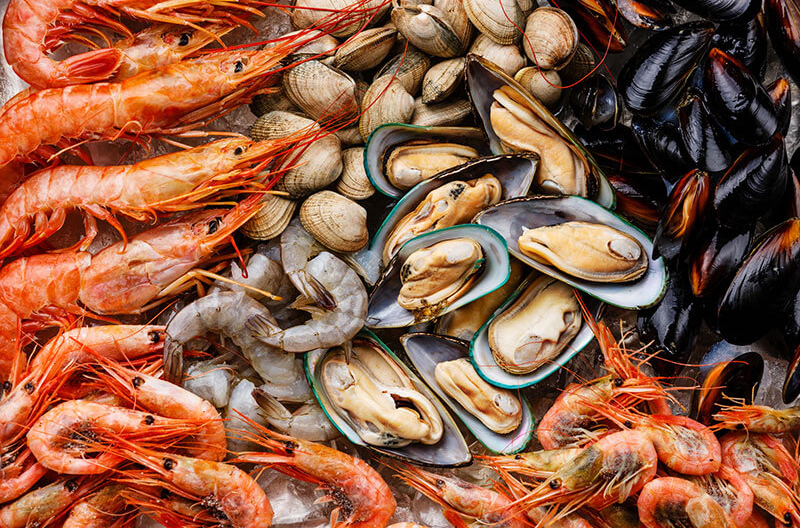IRI, 210 Analytics and Elanco have partnered to share the latest trends and analysis relative to seafood sales at retail. Fresh seafood prices in November had a mild increase over a year ago at 2.9 percent.
Inflation in frozen seafood also started to moderate, but shelf-stable seafood prices, which include cans and pouches, had a double-digit increase over year ago levels. Powerhouse salmon had low inflation, both year-on-year and when compared to 2019. Shrimp had the highest price increases compared to last year.
Frozen seafood sales continued to outperform fresh in November. While dollars were down for both, the decline was less for fresh, resulting in higher sales of $489 million. However, inflation is a big part of the story with units down 8.7 percent year-on-year for seafood. Only shelf-stable seafood (canned and pouches) increased dollar sales by 6.2 percent, though units and volume were down.
Ambient seafood sales have been growing since the fourth quarter of 2021, but growth peaked in the second quarter of 2022. In the third quarter of 2022, growth averaged 6.6 percent with November coming in slightly below that at 6.2 percent. Compared with 2019, sales were 18.2 percent higher in November versus the same time period in 2019.
In November, ambient seafood in cans and pouches reached $188 million in sales, which was a 6.2 percent year-on-year increase. Just under 74 percent of total sales are generated by canned tuna, followed by 9 percent for salmon. All segments with the exception of salmon experienced dollar growth, but most were down in units and volume.
In November, fresh seafood generated $438 million in sales. Despite the rate of inflation moderating, units and volume demand did not rebound to prior year levels. Finfish gained in dollars at 1.5 percent, but fresh shellfish was down 12 percent in dollars and nearly 9 percent in units.
Fresh seafood declines bottomed out in the second quarter of 2022. While still down year-on-year, the November performance is better.
The four November weeks showed three consistent weeks. But Thanksgiving week, when America’s focus was on meat, meant about $10 million less in fresh seafood sales. Year-on-year, it is also this last week that is seeing the biggest decrease of nearly 9 percent in both dollars and units as party sizes moved back to pre-pandemic levels.
Assortment, expressed in the average number of items per store has been down for many months running. In November, finfish was down 3.7 percent and shellfish was down 3.5 percent in average items – lower than levels have been in the past few quarters.
For more information, visit iriworldwide.com.
To read more seafood news from The Shelby Report, click here.

